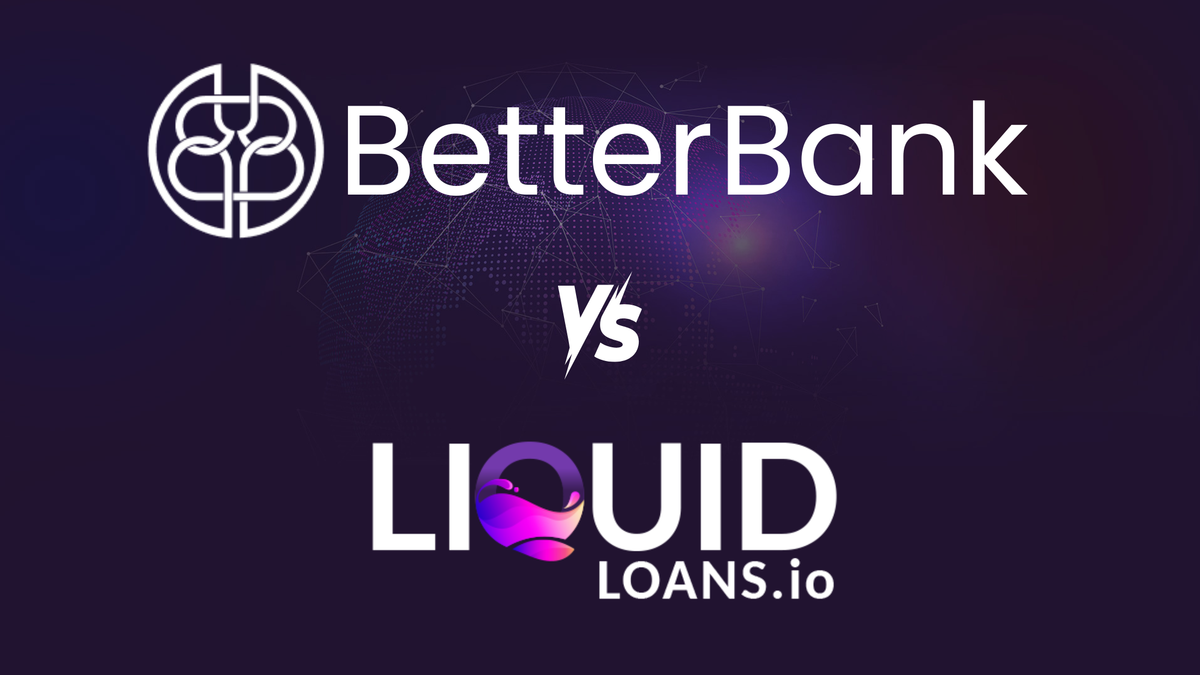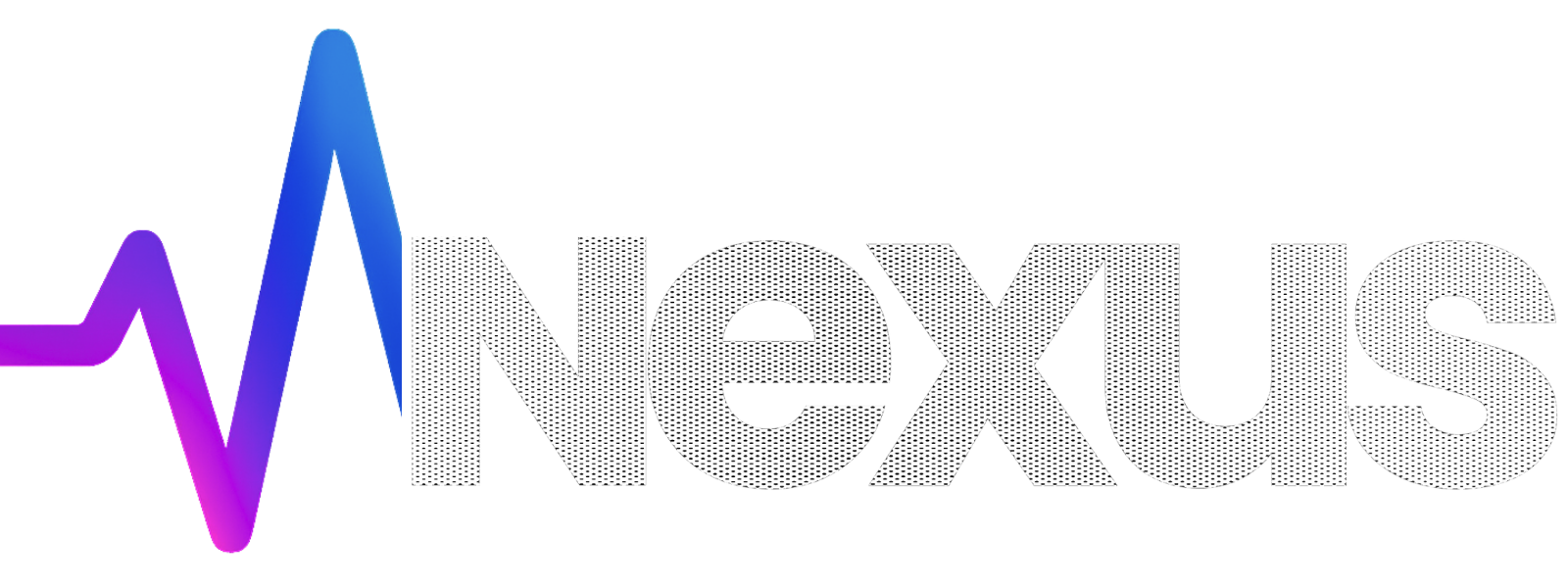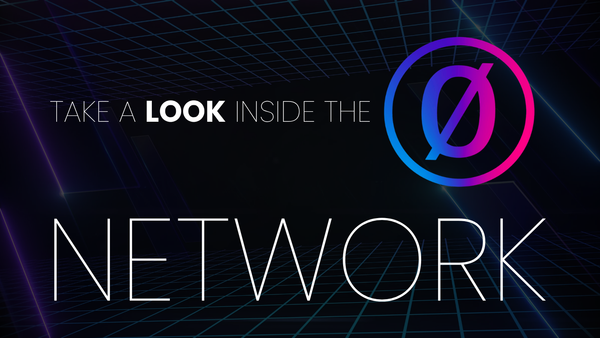🔍 0% Interest or Dynamic Yield? Inside PulseChain’s Two Lending Giants
BetterBank is built to scale yield. Liquid Loans is built to unlock capital. Both serve different purposes, and both reinforce PulseChain’s DeFi stack in vital ways.

“APYs don’t appear from thin air.”
That’s the line BetterBank opens with—and it’s a good one. But slogans are cheap. Code is not. So I went deep on the architecture, the model, and the mechanics behind PulseChain’s first serious lending protocol. What I found? This isn’t another farm. This is a protocol that actually understands how real yield works. Built by the community, for the community.
This isn’t fake DeFi. This is a real contender.
1. PulseChain-Native Architecture
- BetterBank is a PulseChain-native fork of Aave V3
- Offers low fees, fast execution, and integrates directly with the PLS, PLSX, and pDAI ecosystem
- Launched in July 2025 with full lending/borrowing support and Favor-based synthetics
Built for speed, sustainability, and scalability—without relying on VC liquidity or token inflation.
2. The Stronghold: Utilization & Real Yield
- Borrowing increases utilization, reducing idle liquidity
- APYs increase dynamically as pool utilization climbs
- Rates adjust every block, fully visible on-chain
- No emissions, no fake yield
Utilization = Borrowed / Supplied
More borrowing = scarcer liquidity = higher yield to depositors
Borrowers fund your yield. Not farm tokens. Not inflation. Just usage.
3. Favor: Seigniorage Meets Credit
- BetterBank integrates synthetic assets (Favor) into its lending layer
- Favor is not just a speculative token—it acts as on-chain credit and reserve liquidity
- Supports automated liquidations, dynamic peg maintenance, and protocol self-balancing
Where others created algo-stable disasters, BetterBank fuses synthetic credit with utility.
4. Security, Governance & Transparency
- Smart contracts forked from Aave V3—battle-tested architecture
- No known backdoors or hidden admin functions
- Protocol currently controlled via multisig (still not fully decentralized, but transparent)
- No freeze functions, no censorship, no token-gated access
All core mechanics documented on GitHub and GitBook. No smoke. No mirrors.
5. Comparison Table: BetterBank vs. the Field
| Feature | BetterBank (PulseChain) | Aave (Ethereum) | Venus / Benqi (BSC / Avalanche) |
|---|---|---|---|
| Chain & Fees | PulseChain-native, ultra-low fees | Ethereum, high gas | L1s with variable gas fees |
| Interest Model | Utilization-based, on-chain | Utilization-based, but expensive | Often manipulated by emissions |
| Emissions | None | Optional incentives | High inflation |
| Seigniorage | Favor system integrated | None | Limited or none |
| Governance | Multisig, transparent | DAO-governed | Often opaque or founder-run |
BetterBank keeps what works from Aave, ditches the emissions, and adds a synthetic layer. It’s not just a clone. It’s a blueprint.
6. Risks & Watchpoints
- Borrower dependency: Without active borrowing, yields drop. Protocol must stay useful.
- Favor peg risk: If demand for Favor collapses, synthetic layer could destabilize
- Multisig governance: Currently necessary, but decentralization should remain the goal
- Audit transparency: Still no public audit found—this should be a priority
For now, the fundamentals check out. But the future of BetterBank depends on ongoing demand, governance evolution, and Favor's performance in a live market.
🔀 Enter: Liquid Loans — The Interest-Free Contender
While BetterBank focuses on real-time yield through utilization, Liquid Loans takes another approach—offering interest-free loans using your PLS as collateral. Both are native to PulseChain. Both are community-built. But their design choices are radically different.
What They Are & Who They Serve
BetterBank
- A fork of Aave V3 with a utilization model and Favor tokens
- Dynamic, variable APYs backed by borrowing activity
Liquid Loans
- PulseChain’s first interest-free lending protocol
- Users deposit PLS as collateral and mint USDL (a stablecoin)
- Requires a minimum 110% collateral ratio
- Charges a one-time fee for borrowing, no interest, no repayment deadline
- Backed by a fully immutable, governance-free contract system
- LOAN token accrues protocol fees and rewards stability pool depositors
Source: Liquid Loans Whitepaper v1.0
Yield Mechanics
BetterBank
- APY = live market demand
- Adjusts every block
- Yield is clean—no token rewards, just borrower fees
Liquid Loans
- Borrowers mint USDL and pay a one-time fee
- Users can stake LOAN or deposit USDL into the Stability Pool to earn protocol rewards
- USDL maintains a soft peg to the dollar through arbitrage, liquidations, and redemption
Asset & Token Structure
| Feature | BetterBank | Liquid Loans |
|---|---|---|
| Primary Asset | pDAI, PLS, PLSX | PLS collateral → USDL |
| Secondary Token | Favor (synthetic credit) | LOAN (revenue capture + staking rewards) |
| Token Utility | Peg stability, treasury, backup | Fee distribution, incentivized behavior |
| Collateral Model | Over-collateralized lending | 110% minimum collateral vaults |
Governance & Security
BetterBank
- Multisig control (transparent, not trustless yet)
- No emissions or admin backdoors
Liquid Loans
- Immutable contracts—no upgrades, no admin access
- Oracle protection: price feed freshness and fallback conditions implemented
- Security audit by Halborn (June–July 2023) found no high or critical risks, only minor informational issues
Audit source: Halborn Security Assessment
Risks & Trade-Offs
BetterBank
- APY drops without borrower demand
- Favor peg risk if synthetic mechanics break down
- Still awaiting public audit
Liquid Loans
- Liquidation risk if PLS dips below threshold quickly
- USDL stability depends on ongoing vault health and oracle integrity
- LOAN token value depends on system-wide usage
User Strategy Snapshot
BetterBank
- Deposit assets and earn yield from utilization
- Borrow against positions with on-chain APY feedback
Liquid Loans
- Keep PLS exposure while borrowing USDL
- Use USDL to buy more PLS or stablecoins
- Stake LOAN or contribute to Stability Pool to earn protocol fees
🧠 Final ZeroTrust Verdict
| Protocol | Strengths | Weaknesses |
|---|---|---|
| BetterBank | Dynamic APY, Favor innovation, clean UX | Peg risk, no audit yet, still under multisig |
| Liquid Loans | Immutable, zero-interest borrowing, audit passed | Liquidation risk, oracle dependence, LOAN token volatility |
Conclusion:
BetterBank is built to scale yield. Liquid Loans is built to unlock capital. Both serve different purposes, and both reinforce PulseChain’s DeFi stack in vital ways.
If PulseChain is going to win the DeFi war, these are the kinds of protocols that have to lead it.
— Roman Wilder
📨 Stay Ahead of the Curve
Subscribe to The PulseChain Nexus — where crypto, world events, and the unspoken truths collide.
✅ $10/month or $90/year
✅ Weekly deep-dive articles delivered straight to your inbox
✅ Access to our private Telegram group
✅ No noise. No hype. Just what they don’t want to talk about.
Become a subscriber. Join the Nexus today.





